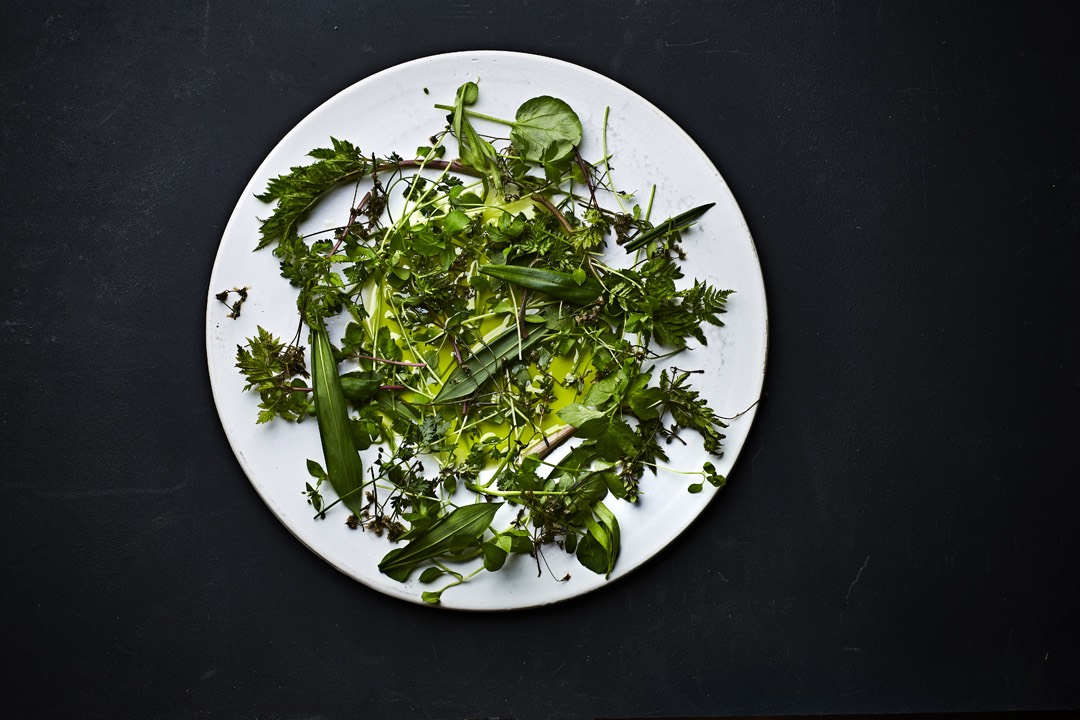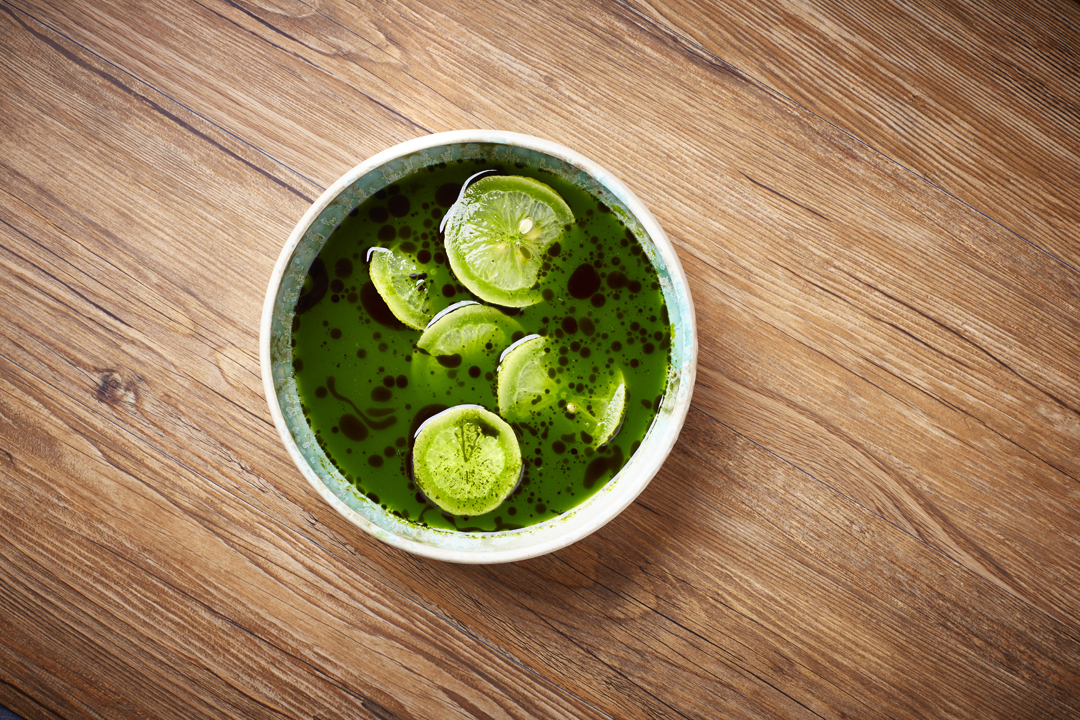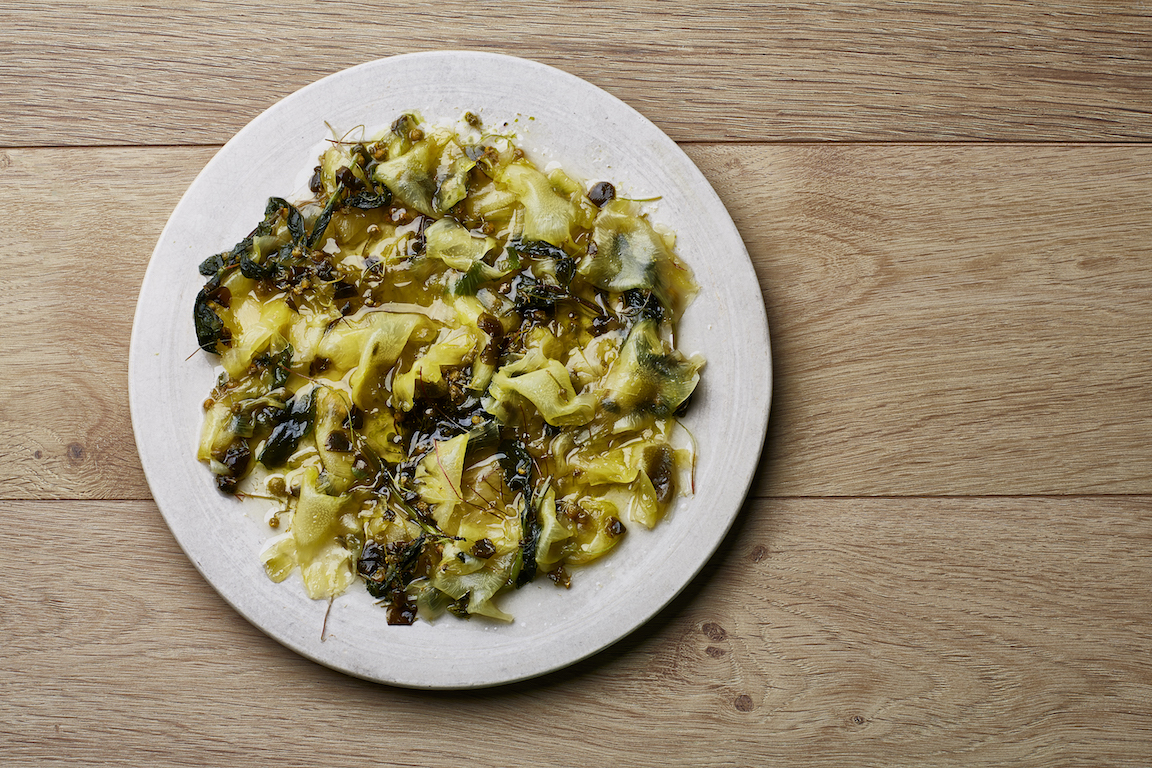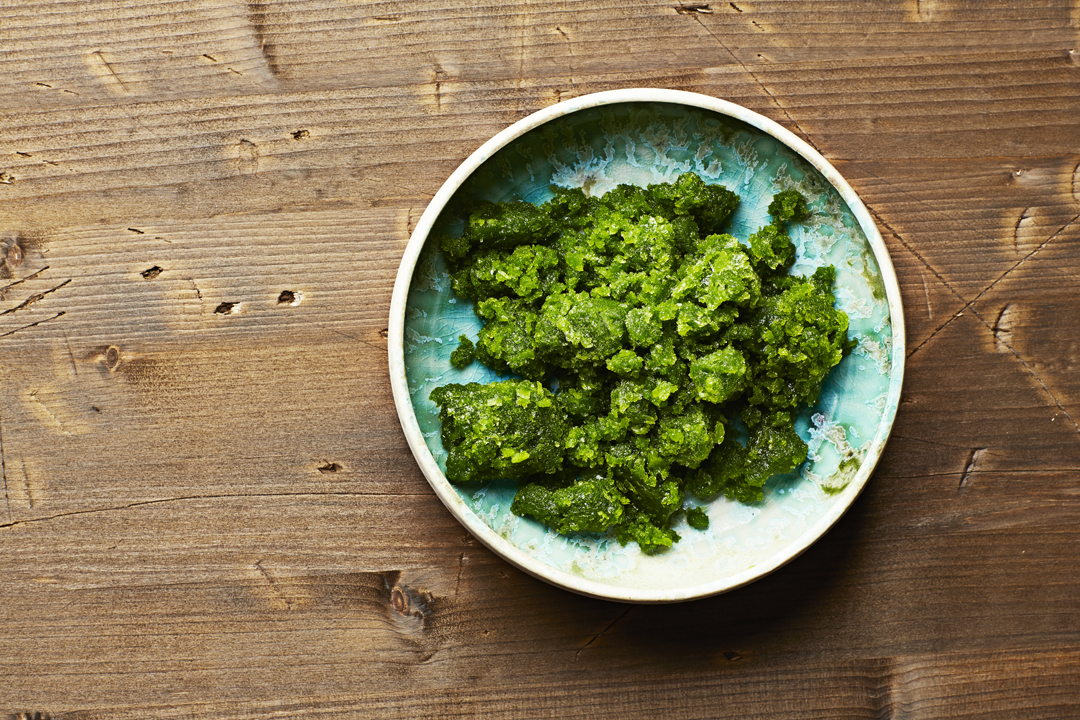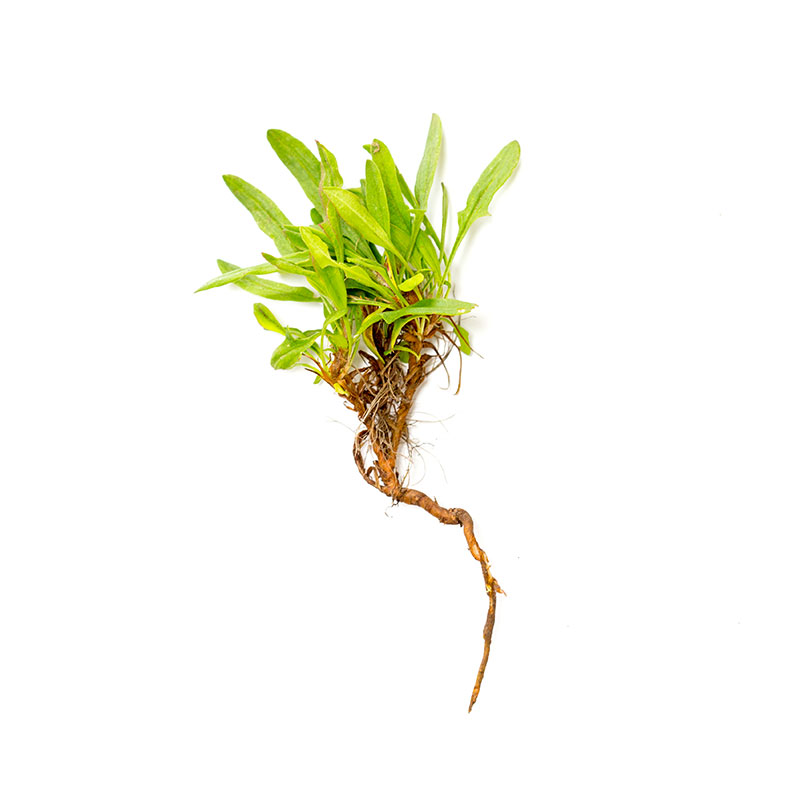
Sheep's sorrel
Sheep's sorrel is a member of the garden sorrel family and it can be used in sweet and savory cooking to add acidity and juiciness to your dishes. In some countries, people use sheep's sorrel and garden sorrel to coagulate milk in cheese-making.
-
Where to Find It
Sheep's sorrel can be found in many different landscapes, but it prefers dry, rocky, and sandy soil, as well as lots of sun. It's very common in dry areas of forests and grasslands, but can also grow in ditches and near buildings.
Deciduous forests, coniferous forests, towns, hedges, roadsides, grasslands.
-
When to Find It
Sheep's sorrel blooms from June until August, but you can pick it year round as long as the winter is mild.
Leaves: January, February, March, April, May, June, July, August, September, October, November, December.
-
How to Spot It
Sheep's sorrel is a reddish-colored herb with a thin stem that can grow to be around 40 cm tall. The stem often branches out and forms several slightly twisted tops. It shoots up from a bunch of small leaves that resemble narrow arrowheads with small barbs at the bottom. Sheep's sorrel develops small, red flowers at the top that grow all the way up the stem and look like buds. It contains oxalic acid, which can be toxic if consumed in large amounts, so only eat a little bit at a time.
-
How to Pick It
People typically use the leaves for food, but the whole plant is edible.
Risk of misidentifying the plant
There is no risk of mistaking the plant for another dangerous or undesirable plant.


